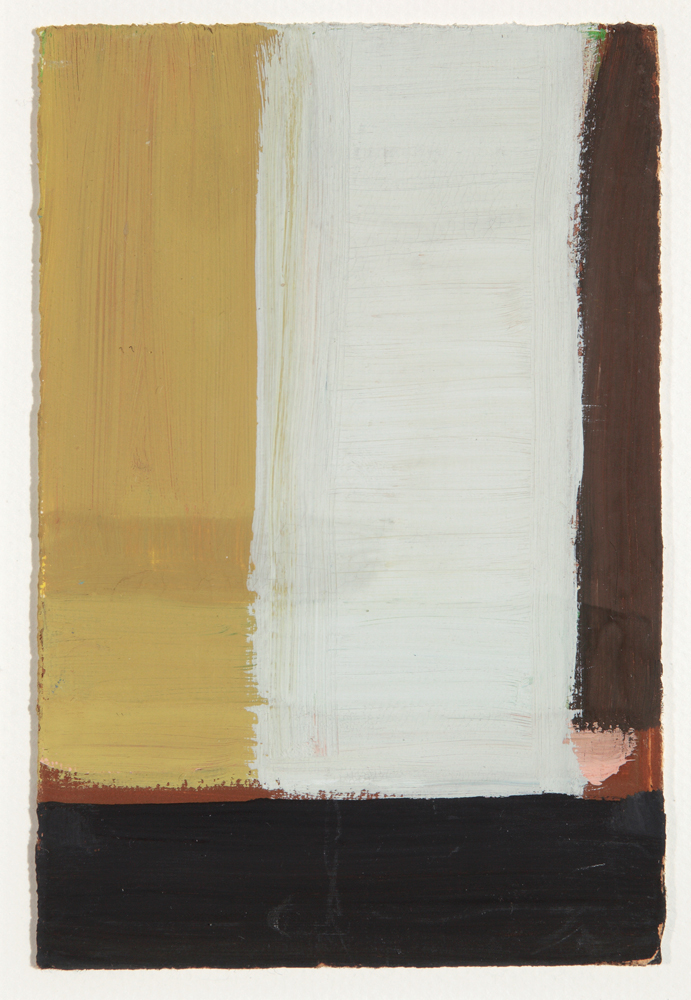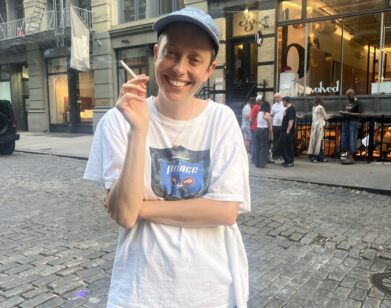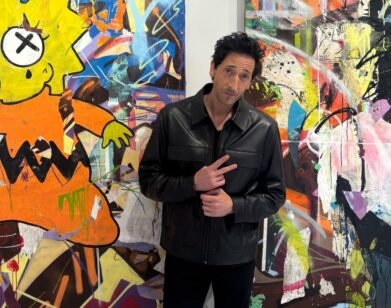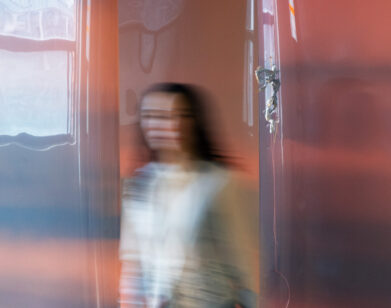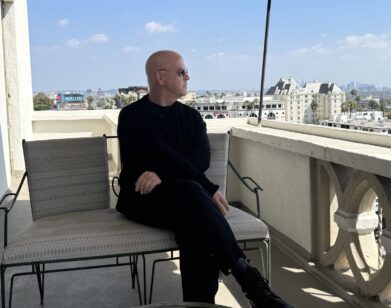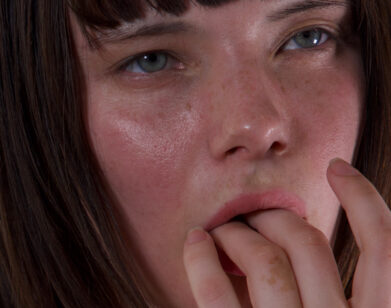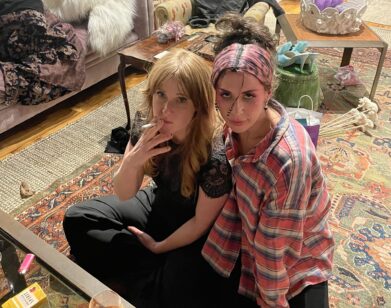Ilse D’Hollander’s Emotional Appeal
When abstract painter Ilse D’Hollander moved to the small pastoral town of Paulatem, Belgium in 1994, she began a prolific practice for which she is now known. Her works morphed from landscapes into abstraction, arriving at a point where they teeter at the precipice between the two. Educated at the Royal Academy of Fine Arts in Antwerp and the LUCA School of Arts in Ghent, her canvases evoke notions of Flemish landscape painting in both palette and tone, yet their compositions reflect a 20th century sensibility. Now, nearly 19 years after she ended her own life at age 29, D’Hollander’s first solo show in the United States is on view at Sean Kelly, New York. Though she exhibited during her life, including a solo show in her native country of Belgium the year prior to her death, “Ilse D’Hollander” marks the first widespread introduction to the artist’s intimate body of work.
“It’s so rare [to] take on a project where you had known nothing about it before,” explains Janine Cirincione, the show’s curator and a director at Sean Kelly. Cirincione knew nothing of D’Hollander until a friend, who happens to run the artist’s estate, introduced her. Immediately, she felt a sense of refreshment. “After several years of the art world discourse being about different and new kinds of abstraction, such as Zombie Formalism,” Cirincione continues, “this seemed like an angel descending into the middle of that conversation and offering an alternative.”
D’Hollander’s connection to the natural world beyond her studio walls seems to have grounded her within abstracted canvases. Her thoughtful, emotive oeuvre and studied rawness, which are reflected through more than 60 works on canvas and paper, is a welcome respite from what one might expect of abstract painting. Their small scale invite a personal, immediate experience, allowing for a close examination of the peaks and valleys of the artist’s impasto. D’Hollander’s hand is present in rich in varied tones, ranging from deep greens and burgundy to soft whites, blues, and peach. As an excerpt from the only writing she did on her own work states, “My being is present in my action on the canvas.”
“There’s this sense of joy in just the action of looking at them,” Cirincione continues. “These works remind me that with art and with painting, looking is what we’re supposed to be doing.” As simple as this statement may seem, the sentiment is one that is all too rare: Art can be rooted in a visceral, visual experience, and at its best, an encounter with new work can be an insightful introduction and a welcome surprise.
“ILSE D’HOLLANDER” IS ON VIEW AT SEAN KELLY THROUGH FEBRUARY 6, 2016.

